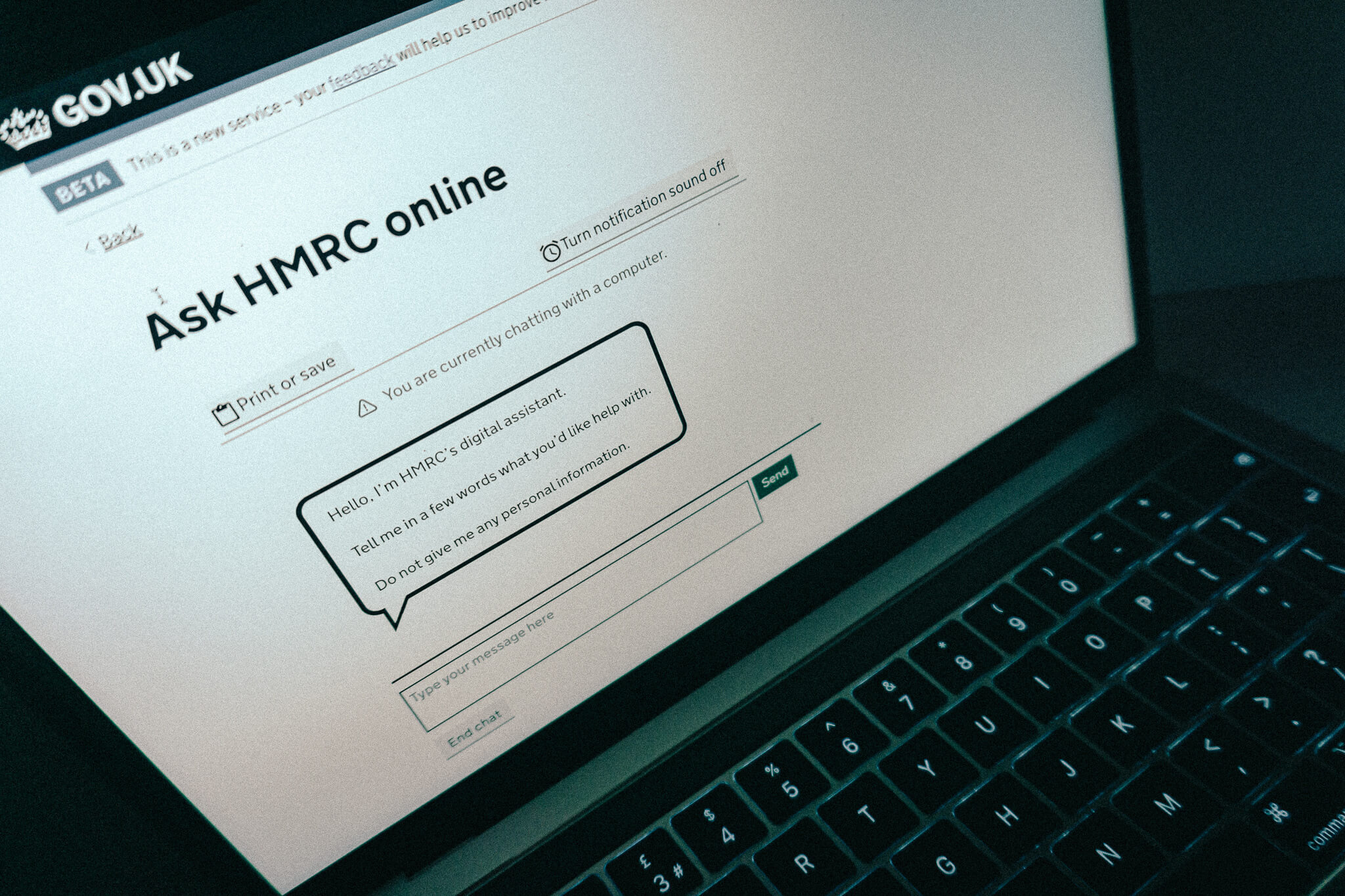Tax agency’s annual accounts reveal increase in tech investment and set a target to eliminate almost a third of phone calls and items of post within the next two years
HM Revenue and Customs spent an additional £100m on IT contracts in the 2023 fiscal year as the department focused on driving modernisation of its tech infrastructure alongside diversification of its supplier base.
In its newly published annual report and accounts, the tax agency reveals that it spent £1.143bn on IT contracts during the 12-month period to the end of March. This represents an increase of 10.5% on the prior-year figure – equating to additional spending of £109m.
The department indicated that a total of £539m was spent in support of “transforming our systems and modernising our IT infrastructure”.
Since wrapping up the exit process last year for the long-term Aspire outsourcing contract – through which Capgemini and Fujitsu provided a comprehensive range of IT services – HMRC has striven to diversify its supplier base and work with a wider range of companies.
“I’m disappointed that we didn’t hit our key customer service standards this year and I recognise the inconvenience some customers will have experienced at times… We’re working hard to improve all our service levels”
Jim Harra, HMRC chief executive
The accounts show that, while Capgemini and Fujitsu remain major providers, they are now joined on the list of the department’s key IT services partners by Accenture and Nasstar. These four firms accounted for £884m of HMRC’s tech spending in FY23 – just over three quarters of the overall outlay during the year.
This means that £259m is now spent via smaller or more specialised deals.
“HMRC continues to deliver better value for money from its IT contracts by using well-established performance measures,” the annual report said. “During 2022 to 2023, new contracts were awarded which superseded the majority of IT contracts and further disaggregated the supplier base. Any new agreements are operating under modern framework contracts with improved and standardised performance measures. We are now working on new bespoke frameworks for HMRC to improve cost, capability and capacity. Expanding our supplier base has allowed us to take better advantage of technical innovations and keep pace with technology trends. This approach supports our digital transformation and move to lower-cost and highly resilient cloud data storage services.”
Hitting the post
By driving digitisation of citizen services – including adding more services to the HMRC app – the department hopes to significantly reduce the amount of postal items and phone calls it receives, which, despite efforts to point users towards online tools, actually increased in FY23.
A total of 38.3 million calls were made to the department during the year – a rise of more than three million on the previous year. The number of postal items sent to the department increased by 2.7 million to almost 19 million.
By 2025, the department has set a target of reducing by the number of calls and letters it receives by 30% when compared with 2021-22 figures.
This would mean driving down annual volumes to about 25 millions phone calls and 11 million postal items – a reduction that the annual report admits will be challenging to achieve.
£1.143bn
Amount spent on IT contracts during FY23
35,744
Reams of A4 paper bought last year – an 88% reduction on 2018 levels
75.7%
Level to which customer satisfaction fell by the end of year, compared with 82% in FY22
38.3 million
Phone calls received during FY23 – a figure the department plans to reduce to 25 million by 2025
“The Committee of Public Accounts has previously raised concern that HMRC’s plans for digital services will not sustainably reduce demand for phone and post services,” it said. “HMRC acknowledges it will take some time to encourage customers to move to digital services and is planning to employ an average of 1,630 additional temporary staff each month between April and September 2023 to meet some of the demand on phone and post services during the transition.”
The accounts also recognise difficulties faced during the year in achieving the department’s targets for customer-service levels.
Across the whole of FY23, a total of 79.2% of users said they were ‘satisfied’ or ‘very satisfied’ with HMRC’s phone, webchat or online services – a decline of almost three percentage points on the previous year.
After decreasing gradually across the course of the year, customer-satisfaction levels fell to their lowest point – 75.7% – in the final month.
The department’s ‘net easy’ score – which represents the proportion of positive reports from customer surveys minus the proportion of negative responses – began the 2022 fiscal year at almost 70, and had fallen to 53.1 by March 2023.
The number of complaints received by the department in 2022-23, meanwhile, increased by 13.7% to 91,217.
Customer experience is listed as one of nine key risks to HMRC’s performance – and is given a red rating on the traffic-light system used to assess the scale of the risk.
“Until we see a measurable increase in customer experience across all our services, our customer experience risk will remain red,” the report said. “As we make more services accessible digitally between 2023 and 2025, we expect increased customer satisfaction. Many customers already use HMRC digital services, with high customer satisfaction scores. This will help to move the risk towards tolerance. We have made progress in 2022 to 2023, including the launch of updated customer design standards to ensure that change in HMRC delivers against charter standards. We also completed a national rollout of a new telephony platform to improve customer and colleague experience.”
In his introduction to the accounts, chief executive Jim Harra said: “I’m disappointed that we didn’t hit our key customer service standards this year and I recognise the inconvenience some customers will have experienced at times… We’re working hard to improve all our service levels.”
He added: “We’re determined to do all we can to be responsive and to help customers get things right – but that has to mean migrating an ever-increasing number of our customers onto our digital services and away from our phone lines so we are in a much better position to provide specialist support to those that need it, while improving the customer experience.”
Paper cuts
Another red-rated risk is data protection – although the department is currently undertaking a £200m project to address issues in this area and, according the annual update, has already made “strong progress”.
“During this financial year, we significantly improved data management for 59 systems, preventing unauthorised access to systems and applications and improving our ability to delete, suppress or stop processing personal data if required,” the report said. “We delivered a supplier assurance regime that ensures our partners meet data protection and security expectations. We continue to roll out training to all staff and have improved our subject access request response times. At the end of March 2023, we completed all actions to address our highest priority areas, reducing the likelihood of this risk occurring and the potential impact. We are now monitoring our data protection compliance and highlighting possible weaknesses to identify and address them early.”

One area where digital transformation has made a big impact is in the department’s use of paper – which has been cut by 88% in the last five years.
In the 2018-19 year the department bought the equivalent of 205,190 reams of A4 paper. The onset of the coronavirus crisis saw a sudden and steep drop in this figure, with usage falling as low as 22,831 reams in 2021/22 year, before increasing again slightly last year to 35,744 reams.
This figure is still way beyond the department’s target of reducing usage to 147,000 – and with two years to spare until the 2025 timeline that had been set to achieve this.
The accounts reveal that HMRC collected £814bn in tax revenues last year. This represents an increase of £82.9bn, which the department said could, in part, be attributed to an “approach underpinned by data analysis, which we use to identify risks and target our interventions”.




